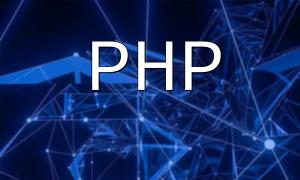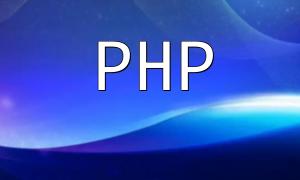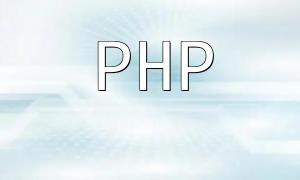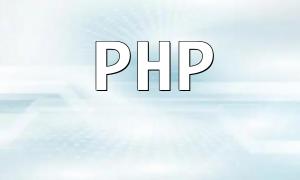In web application development, efficient interaction with databases is a core challenge. PHP offers several data access approaches, including Object-Relational Mapping (ORM), Database Abstraction Layer (DAL), raw SQL, data gateways, and stored procedures. Each approach has different strengths in terms of performance, development efficiency, and portability. Choosing the right technique can significantly improve both the development experience and application performance.
ORM is a technique that maps object-oriented models to relational database tables. It allows developers to manipulate database records using objects instead of writing raw SQL queries.
Advantages:
Disadvantages:
DAL sits between the application and the database, providing a unified interface that hides the specifics of the underlying database.
Advantages:
Disadvantages:
Using ORM (e.g., Doctrine) to fetch a user:
$user = $entityManager->find('User', 1);Using DAL (e.g., PDO):
$stmt = $db->prepare('SELECT * FROM users WHERE id = ?');
$stmt->execute([1]);
$user = $stmt->fetch(PDO::FETCH_ASSOC);| Technique | Advantages | Disadvantages |
|---|---|---|
| ORM | Improves efficiency | Performance overhead |
| DAL | Database independence | Steep learning curve |
| Raw SQL | Best performance | Error-prone |
| Data Gateway | Low overhead | Code duplication |
| Stored Procedures | Reusability | Database-specific dependency |
The choice of data access technique depends on project requirements. For maximum performance, raw SQL may be best. For development efficiency, ORM is a strong candidate. For applications requiring cross-database compatibility, DAL provides excellent portability and scalability. Understanding and applying these techniques flexibly can make PHP projects more efficient and reliable.









